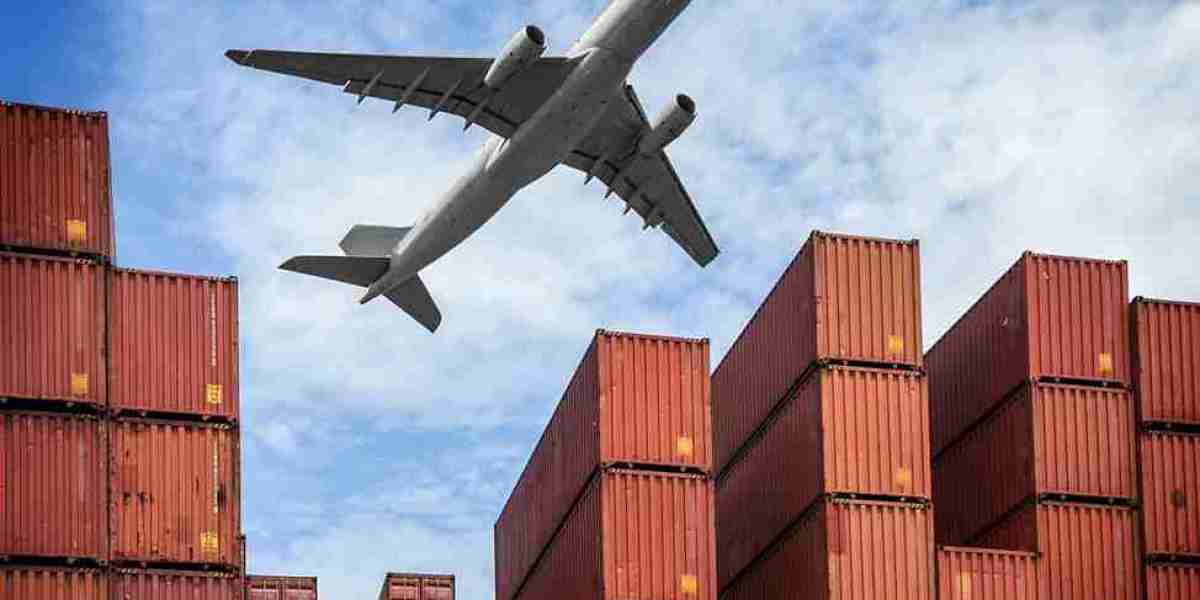The air freight market plays a crucial role in global trade, ensuring the rapid delivery of high-value and time-sensitive goods across borders. While the sector has seen impressive growth in recent years—driven by e-commerce, global manufacturing, and supply chain optimization—it also faces a range of inhibitors that threaten to slow its momentum.
These inhibitors stem from operational inefficiencies, regulatory complexities, environmental constraints, and capacity limitations. Understanding these barriers is essential for industry stakeholders to develop solutions, maintain competitiveness, and sustain long-term growth.
Rising Fuel Costs and Volatile Pricing
One of the most persistent and impactful inhibitors in the air freight industry is the volatility of fuel prices. Jet fuel accounts for a significant portion of air freight operating expenses, and fluctuations in global oil markets directly influence shipping rates and profitability.
When fuel prices rise sharply, cargo carriers are forced to either absorb the cost or pass it on to customers through surcharges. This creates unpredictability in pricing and can drive some shippers to switch to cheaper but slower transport modes like ocean freight. Sustained fuel price volatility undermines long-term financial planning and adds pressure on already thin profit margins.
Limited Airport and Airspace Capacity
As demand for air cargo increases, airport congestion and limited airspace availability have become critical bottlenecks. Many major airports, especially in urban and trade-intensive regions, are operating near or at full capacity. This congestion causes delays in cargo handling, flight schedules, and ground logistics.
Smaller regional airports often lack the infrastructure to handle large cargo volumes or accommodate wide-body freighters. Additionally, the saturation of controlled airspace makes route planning more complex and restricts scheduling flexibility.
Without coordinated global efforts to expand and modernize cargo-specific infrastructure, capacity constraints will remain a major inhibitor to air freight growth.
Complex and Varying Regulations
The air freight industry operates within a highly regulated environment, dealing with customs procedures, international trade agreements, safety standards, and environmental compliance. However, lack of harmonized regulations across countries often results in delays, higher compliance costs, and administrative burden.
For example, varying documentation requirements, security checks, and cargo screening protocols complicate cross-border operations. Carriers must invest in resources and time to meet each region’s regulations, reducing operational efficiency and responsiveness.
Until global regulatory standards are more aligned and simplified, these complexities will continue to act as a brake on the market’s expansion potential.
Labor Shortages and Skilled Workforce Gaps
The growing reliance on air cargo has increased demand for skilled labor across logistics, ground handling, and aviation sectors. However, labor shortages remain a significant challenge, particularly in critical roles such as cargo handlers, pilots, customs officers, and maintenance personnel.
These shortages result in slower turnaround times, increased workload for existing staff, and operational disruptions during peak demand periods. Moreover, training new personnel takes time and investment, creating a lag between demand and workforce readiness.
Without a sustainable talent pipeline and improved workforce strategies, labor constraints will continue to inhibit smooth and scalable air freight operations.
Environmental Regulations and Sustainability Pressure
The air freight sector faces mounting pressure to reduce its carbon emissions and environmental footprint. Governments, customers, and global agencies are demanding stricter environmental standards, which require carriers to invest in fuel-efficient aircraft, sustainable aviation fuel (SAF), and green infrastructure.
While these initiatives are important for long-term sustainability, they also come with high upfront costs and complex implementation timelines. For many carriers, especially smaller ones, these requirements pose financial and operational burdens.
Environmental compliance can therefore slow down expansion plans and make it more difficult to achieve cost-efficiency in a highly competitive market.
Infrastructure Gaps in Developing Regions
While developed markets often enjoy robust logistics and aviation infrastructure, developing economies frequently lack the facilities needed for efficient air cargo handling. Inadequate runways, outdated terminals, insufficient storage space, and limited customs resources create inefficiencies that hinder cargo throughput.
These infrastructure gaps restrict market access and growth in regions that are otherwise strategically important for global trade. Addressing these issues requires significant public and private investment, coordinated planning, and time.
Until these regions modernize their air logistics infrastructure, they will remain underutilized in the global air freight network.
Geopolitical Tensions and Trade Disruptions
Geopolitical instability, including trade wars, sanctions, and international conflicts, often disrupt established air freight routes and trading patterns. These events can lead to restricted airspace, increased tariffs, and sudden changes in demand or supply chain strategies.
Carriers must then reroute flights, renegotiate agreements, or deal with reduced cargo volume, all of which create uncertainty and operational inefficiencies. Such disruptions can affect long-term planning and shake market confidence.
As global trade becomes more interconnected, geopolitical volatility will continue to pose a significant inhibitor to stable and predictable air cargo operations.
Limited Digital Integration Across Stakeholders
Despite progress in logistics technology, there is still a lack of cohesive digital integration among stakeholders in the air freight supply chain. Airlines, freight forwarders, customs agencies, ground handlers, and customers often operate on separate systems with minimal interoperability.
This fragmented ecosystem leads to communication gaps, delayed documentation, and poor visibility across the shipment journey. Without seamless digital integration, the industry cannot fully realize the benefits of automation, predictive analytics, and real-time tracking.
Improving collaboration and system compatibility is crucial to overcoming these inefficiencies and enabling scalable growth.
Conclusion
The air freight market inhibitors present substantial challenges that must be addressed for the industry to maintain its growth trajectory. Rising fuel costs, regulatory complexity, infrastructure limitations, labor shortages, and environmental mandates all impact efficiency and profitability.
However, recognizing and proactively addressing these barriers will allow industry stakeholders to build more resilient, innovative, and sustainable air cargo solutions. As global demand for rapid logistics continues, overcoming these inhibitors will be key to unlocking the full potential of the air freight sector.




